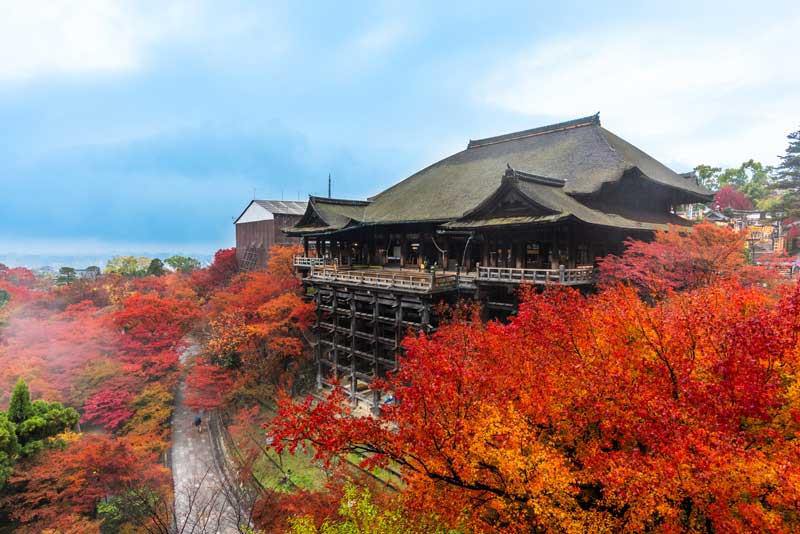
Don’t Clap Your Hands When Praying? Japanese Temple Manners + 5 Must-Visit Temples in the Kansai Area
Last update
Japan’s numerous history-filled temples are something that anyone traveling through Japan cannot miss. Although many famous temples today are known as bustling tourist spots, these temples are actually highly religious places. For this reason, this article will introduce some temple-visiting manners, as well as introduce some popular, must-visit temples in Kansai.
What Is a Japanese Temple?
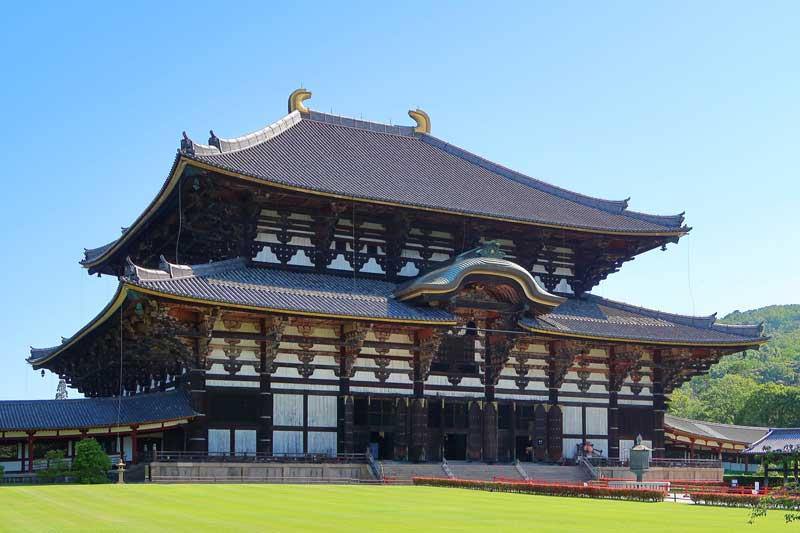
In Japan, the word temple (or “tera”) refers to a Buddhist religious facility. Temples serve as places to learn and practice the teachings of the Buddha and are home to monks who live there. In Japan, however, temples are also places where historical architecture and Buddhist art can be enjoyed, and many have long been known as famous sightseeing destinations.
What Is a Buddhist Sect?
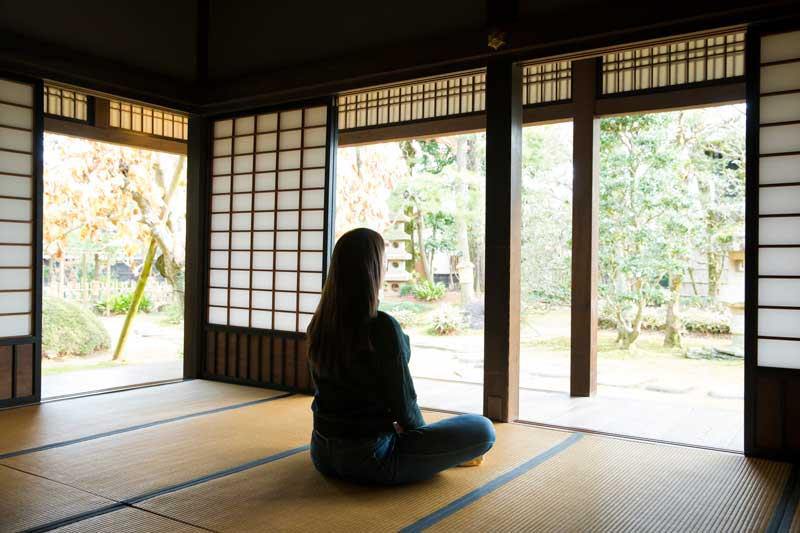
Japanese Buddhism is largely divided into 13 sects, or schools, each with slightly different teachings and religious practices. For example, the Soto and Rinzai schools of Buddhism, also called Zen, focus on the practice called “zazen,” which involves sitting in an upright position while practicing concentration meditation. Practices of the Nenbutsu schools, such as Jodo (Pure Land) and Jodo Shin (True Pure Land), instead focus on chanting the Buddha’s name while thinking about the figure of the Buddha and his good deeds.
Before Visiting a Temple, Remember These Rules!
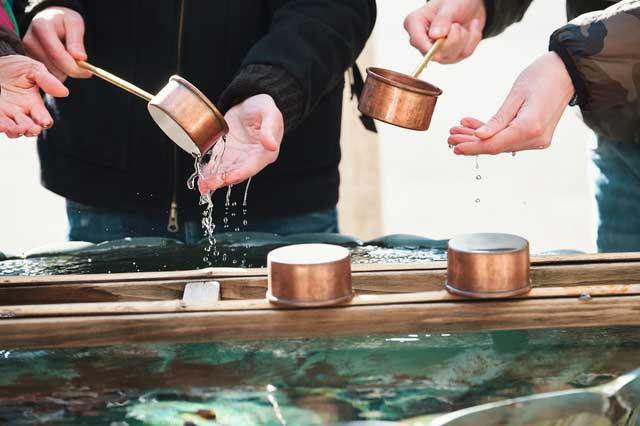
First, be aware that temples are different from Shinto shrines, which can be identified by large torii gates at the entrances. The entrance to temples are instead designated by a building-like “sanmon” gate, which you should pass through after bowing once. Be sure not to step on the threshold as you pass through. Next, purify yourself by washing your hands and mouth at the water basin, if the temple has one. In front of the main hall, quietly put a donation into the offertory box and say a prayer. The thing to remember here is to not clap your hands like you would when praying at a Shinto shrine! At a temple, the correct way to pray is by silently putting your hands together. If you make an offering of incense, be sure to put out the flame by waving it in your hand just as you might put out a match. Blowing on the flame with your mouth is considered bad manners. Finally, when exiting the temple through the sanmon gate, turn and give one more bow towards the main hall.
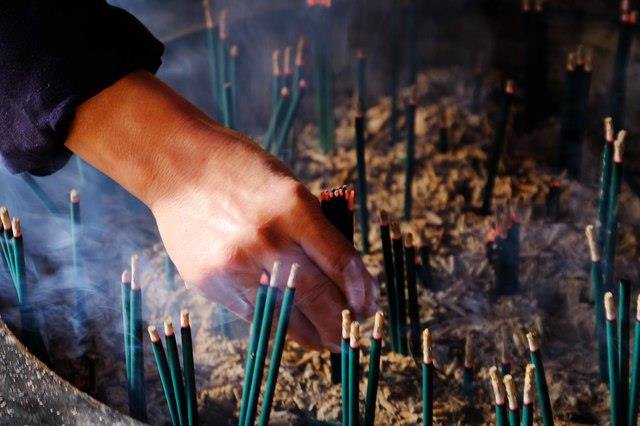
Must-Visit Temples in the Kansai Area
Now that you know the proper manners, let's visit some temples! This section will introduce temples in the Kansai area that absolutely must be visited at least once.
[Kyoto] Kiyomizu-dera

The main hall is a designated National Treasure, and its stage perched on the edge of a cliff is a lookout point that offers sweeping views of Kyoto City. With more than 1,200 years of history, the temple is also a designated World Heritage Site. The three-storied pagoda and Otowa Waterfall within the temple grounds also shouldn’t be missed. After visiting the temple, take a stroll along Kiyomizu-zaka Street, which leads up to the temple. The street is lined with souvenir stalls offering treats such as the local specialty “yatsuhashi,” a sweet made from bean paste.
【Facility name】 Kiyomizu-dera
【Opening hours】 6:00 am - 6:00 pm (closing time varries based on the season)
【Days Closed】 None
【Price】 Adults: 400 JPY, Middle and elementary school students 200 JPY
【URL】 Official website
【Address】 1-294, Kiyomizu, Higashiyama-ku, Kyoto-shi, Kyoto
【Google Map URL】 GoogleMap
[Nara] Todai-ji
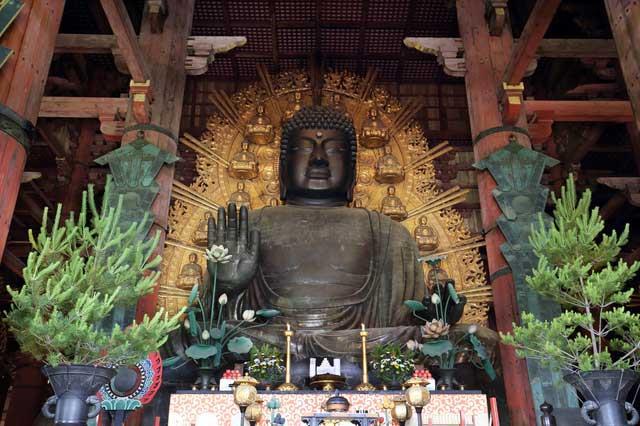
The grounds of Todai-ji are home to the Great Buddha Hall, the largest wooden structure in the world, inside of which sits a 15 meter-tall statue of the Vairocana Buddha, known as the “Great Buddha of Nara.” Standing close to the giant statue and gazing up at its overwhelming size is quite impressive! After visiting the temple, why not take a photo with the deer that live in nearby Nara Park, with the temple as a scenic backdrop?
【Facility name】 Todai-ji
【Opening hours】 The Great Buddha Hall: 8:00 am - 5:00 pm (7:30 am - 5:30 pm for April through October), Hokke-do, Kaidan-in, and Senju-do: 8:30 am - 4:00 pm, Museum: 9:30 am - 5:00 pm (last entry at 4:30 pm; closes at 5:30 pm from April through October (last entry at 5:00 pm))
【Days Closed】 None
【Price】 Great Buddha Hall / Hokke-do / Kaidan-in / Museum: Adults: 600 JPY, Elementary school students: 300 JPY, Combined ticket (Great Buddha Hall/museum): Adults: 1,000 JPY, Elementary school students: 400 JPY
【URL】
Official website
KANSAI Tourism Bureau Homepage
【Address】 406-1, Zoushi-cho, Nara-shi, Nara
【Google Map URL】 GoogleMap
[Shiga Prefecture] Mt. Hiei Enryakuji Temple
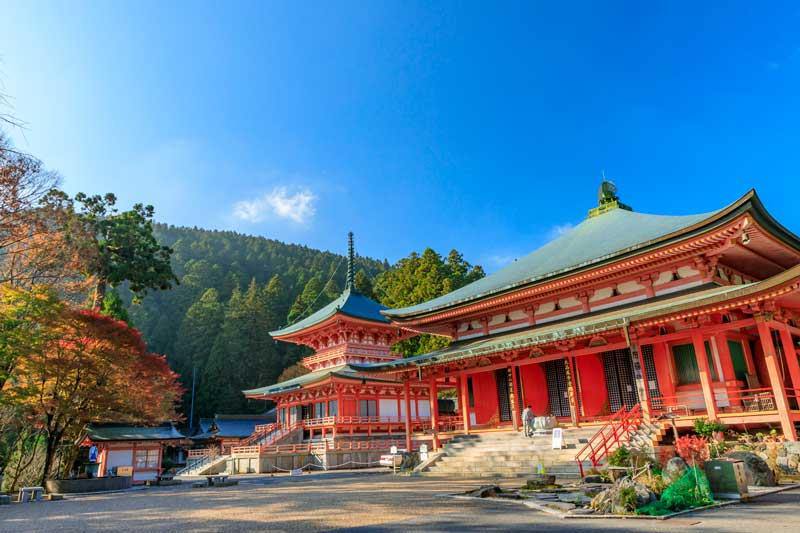
In the heart of Mt. Hiei, approximately 100 buildings stand in the expansive 1,700 hectare grounds of this temple, a truly sacred spot for Buddhism. The Konpon Chudo, the temple’s main hall and registered National Treasure, houses the “Fumetsu no Hodo” (The Eternal Dharma Light), a lamp that has burned continuously for 1,200 years.
【Facility name】 Mt. Hiei Enryakuji Temple
【Opening hours】 8:30 am - 4:30 pm (Sai-to and Yokawa areas open from 9:00 am to 4:00 pm, hours for each vary based on season)
【Days Closed】 None
【Price】 To-do, Sai-to, and Yokawa combined ticket: Adult: 1,000 JPY, Middle school student: 600 JPY, Elementary school student: 300 JPY; Kokuho-den (Museum of Treasures): Adults: 500 JPY, Middle school students: 300 JPY, Elementary school students: 100 JPY; Kokuho-den entrance fee and circuit pilgrimage fee: Adult: 1,500 JPY, Middle school student: 900 JPY
【URL】
Official website
KANSAI Tourism Bureau Homepage
【Address】 4220, Sakamotohonmachi, Otsu-shi, Shiga
【Google Map URL】 GoogleMap
[Wakayama Prefecture] Kongobuji Temple
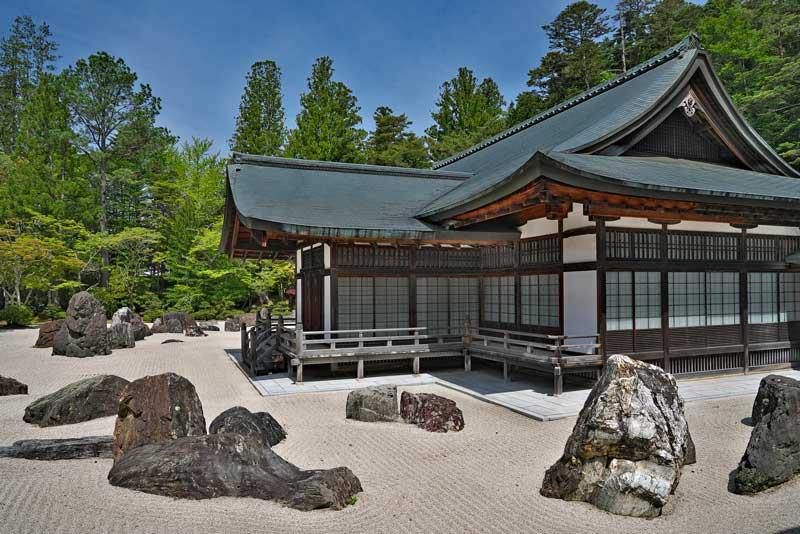
Kongobuji Temple is at the heart of Mt. Koya, the epicenter of Buddhism in Japan that was established by Kobo Daishi, one of the great monks in Japanese History. Inside the temple grounds can be found the largest rock garden in Japan, named “Banryutei.” These depictions of various landscapes made using only sand and stones shouldn’t be missed!
【Facility name】 Kongobuji Temple
【Opening hours】 8:30 am - 5:00 pm (last entry at 4:30 pm)
【Days Closed】 None
【Price】 Adults: 1,000 JPY, Elementary school students: 300 JPY; Combination ticket (Kongobuji Temple, Kon-do Hall, Konpon Daito Pagoda, Tokugawa Mausoleum) Adults: 2,500 JPY
【URL】
Official website
KANSAI Tourism Bureau Homepage
【Address】 132, Koyasan, Koya-cho, Ito-gun, Wakayama
【Google Map URL】 GoogleMap
Simply due to the fact that Buddhism has had a presence in Japan for more than 1,000 years, every part of the country is dotted with temples boasting rich histories. If you come across an interesting temple during your travels, by all means stop in for a visit.
Check also...
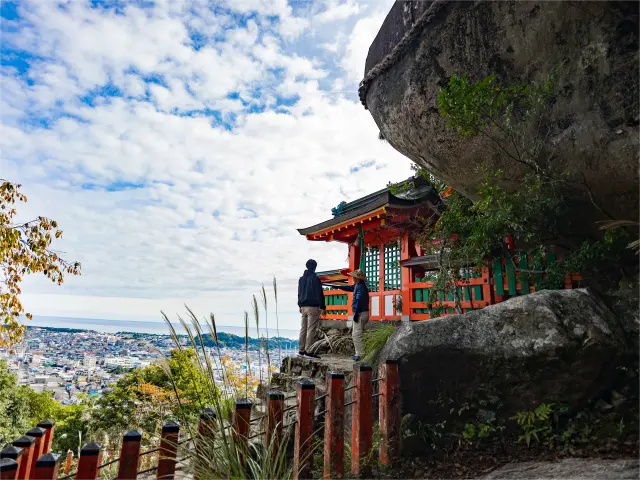
Wakayama: A World Heritage Site and Journey of Deep Mystique at the Kumano Kodo
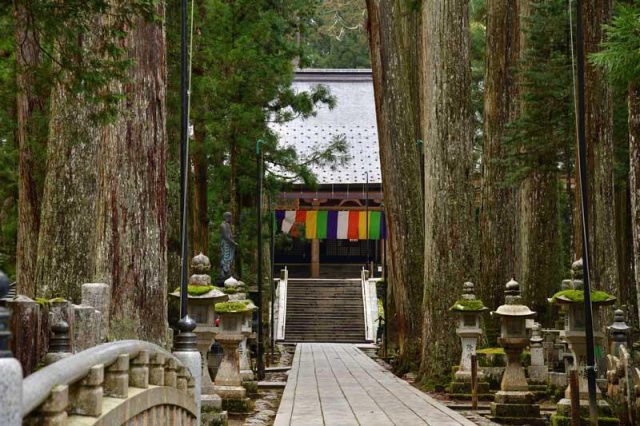
Can You Really Stay in a Temple? 4 Great Buddhist Ascetic Experiences Are Waiting for You at the Mount Koya World Heritage Site
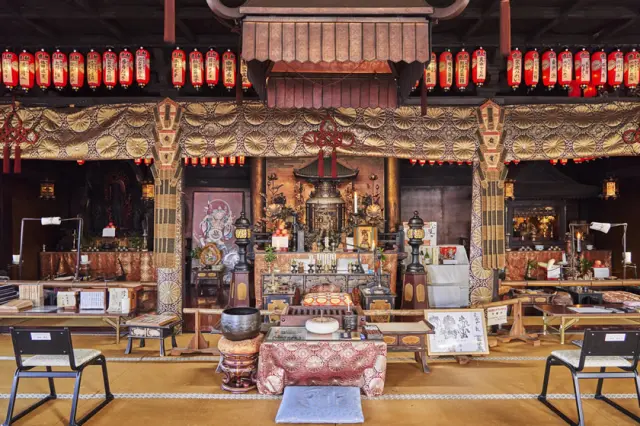
Easy-to-understand explanations and community chat about Bishamon-do Temple in Kyoto!
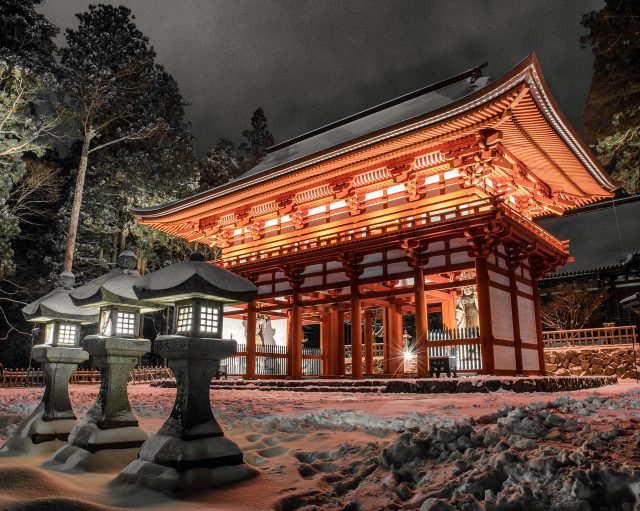
Trace the endless footsteps of time at the scenic and sacred Koyasan
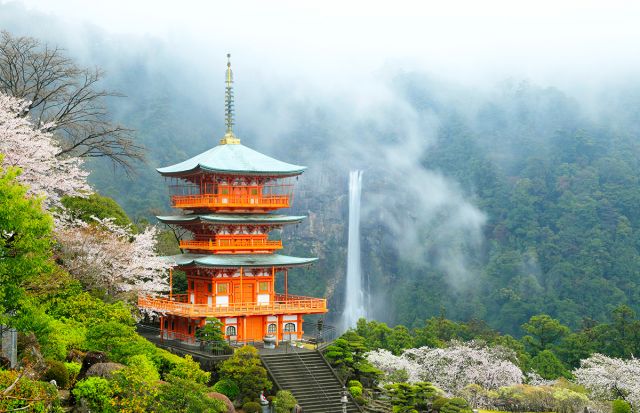
A Journey for Preparing for Death over 1300 Years~The Saigoku Kannon Pilgrimage of thirty-three Buddhist temples throughout the Kansai region of Japan~
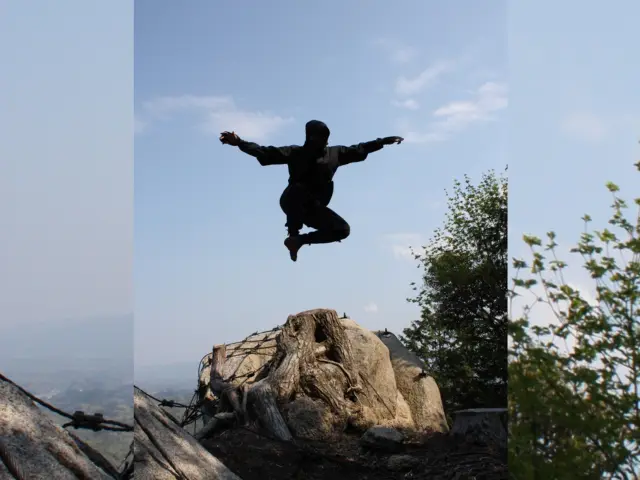
🥷 Walk in the Footsteps of Real Ninja: Discover Koka’s Hidden Legacy
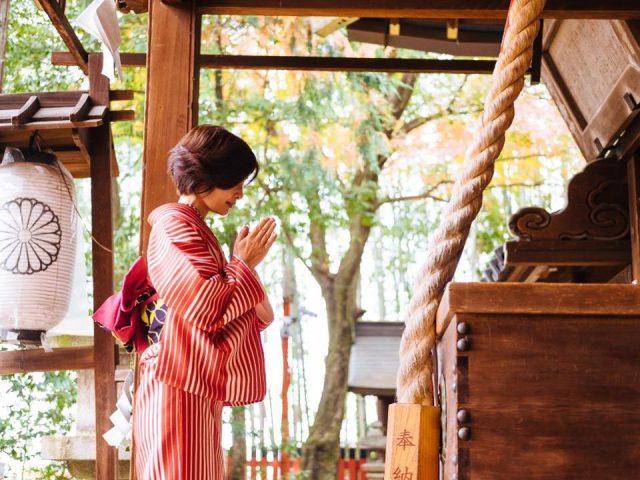
The Basics of Shrine Visiting! Must-Know Information and Some Recommended Shrines in Japan
![Take a leisurely stroll in the retro and fashionable space [Kuroe, the town of Kishu lacquerware]](/kansaiguide/data/article/21000/20278/20250618_133123_770e1e88_w640.webp)
